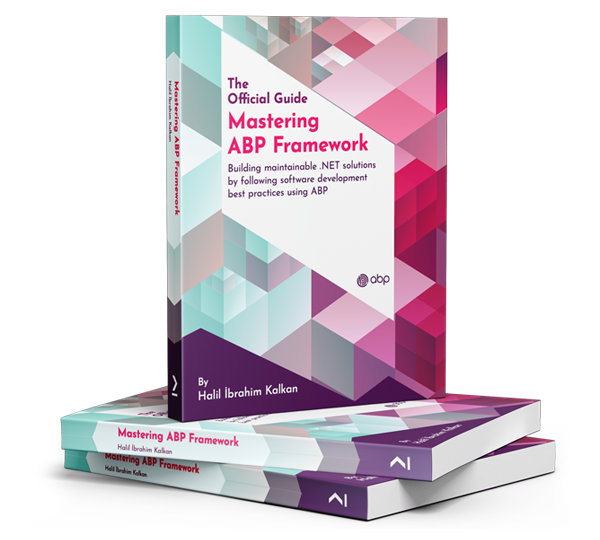hi
What is your web server?
IIS, Kestrel or Nginx?
Thanks.
hi
Can you share the Debug logs of your api website? https://abp.io/support/questions/8622/How-to-enable-Debug-logs-for-troubleshoot-problems
liming.ma@volosoft.com
Thanks
hi
Can you use the source code to test it?
https://github.com/abpframework/abp/tree/dev/modules/docs/app/VoloDocs.Web https://github.com/abpframework/abp/tree/dev/modules/docs/
Thanks.
Great
ok, I will check your project.
hi
Can you share your test project?
liming.ma@volosoft.com
hi
You can upgrade abp to 9.xa, but can you share a 8.x test project to show the vulnerability issue?
https://abp.io/docs/latest/release-info/migration-guides
Thanks.
hi
Are you running it with dotnet run or in IIS?

